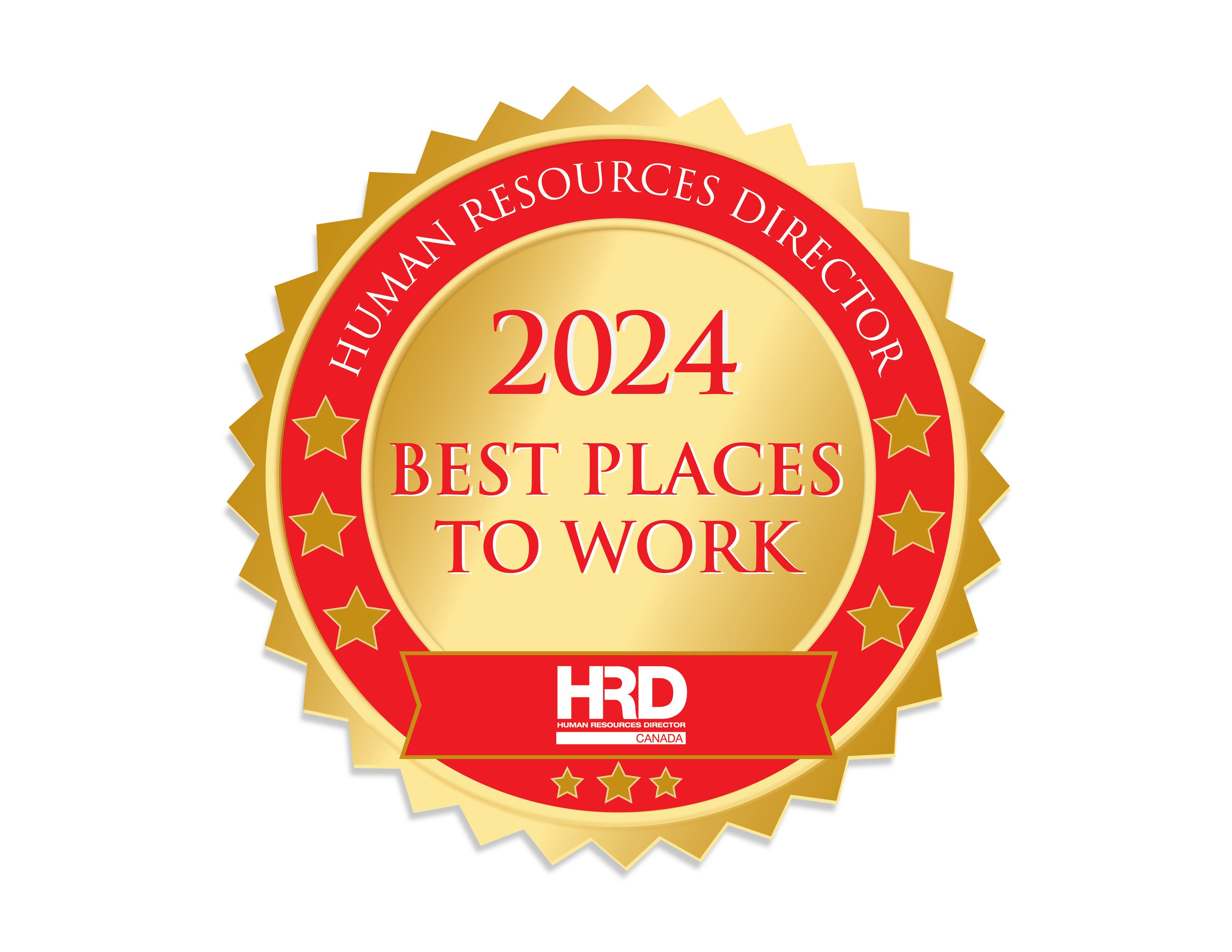Menu
Close
- Careers
-
Post a JobPost a Job
-
Explore Environmental Career ProfilesExplore Environmental Career Profiles
-
Careers in the EV Battery Supply Chain SectorCareers in the EV Battery Supply Chain Sector
-
Free Career ResourcesFree Career Resources
-
Onboarding & Retention ServicesOnboarding & Retention Services
-
Recruitment ServicesRecruitment Services
-
Environmental Jobs Compensation GuideEnvironmental Jobs Compensation Guide
-
HR Solutions & DEI TrainingHR Solutions & DEI Training
-
- Employment Programs
- Compare Funding Programs
- Digital Skills For Youth
- Science Horizons Youth Internship
- Student Work Placement (Co-op)
- Youth in Natural Resources
- Employment Programs FAQ
-
Digital Skills For YouthDigital Skills For Youth
-
Science Horizons Youth InternshipScience Horizons Youth Internship
-
Student Work Placement (Co-op)Student Work Placement (Co-op)
-
Youth In Natural ResourcesYouth In Natural Resources
- Training & Education
- Training
- BEAHR Indigenous Program
- Post Secondary Accreditation
- International Accreditation
- Royal Roads University
-
Train Your EmployeesTrain Your Employees
-
Training Course CertificationTraining Course Certification
-
Curriculum OverviewCurriculum Overview
-
Programming in Indigenous CommunitiesProgramming in Indigenous Communities
-
Become a BEAHR Certified TrainerBecome a BEAHR Certified Trainer
-
Become AccreditedBecome Accredited
-
Accredited ProgramsAccredited Programs
-
Become AccreditedBecome Accredited
-
International Accredited ProgramsInternational Accredited Programs
-
Bachelor's in Environmental PracticeBachelor's in Environmental Practice
-
Graduate Certificate in Policy & Climate ChangeGraduate Certificate in Policy & Climate Change
-
Master's in Environmental PracticeMaster's in Environmental Practice
-
Certificate in Indigenous Environmental LeadershipCertificate in Indigenous Environmental Leadership
- Events & News
- Event Calendar
- ECO IMPACT 2025
- Green Horizons Roadshow
- EP® Meetups
- Sustainable Blue Economy Summit
- Virtual Career Fair
- Blog & News
- Our Social Media Feeds
-
Event CalendarEvent Calendar
-
ECO IMPACT 2025ECO IMPACT 2025
-
Green Horizons RoadshowGreen Horizons Roadshow
-
EP® MeetupsEP® Meetups
-
Sustainable Blue Economy SummitSustainable Blue Economy Summit
-
Virtual Career FairVirtual Career Fair
-
Our Social Media PlatformsOur Social Media Platforms
- EP® Designations & Membership
- EP® Designations & Membership
- SBEP Designation
- Certified EP Member Roster
- EP® Member Report
- EP® Member Login
-
EP® Employer DesignationEP® Employer Designation
-
EP® Auditor DesignationEP® Auditor Designation
-
EP® DesignationEP® Designation
-
EPt (in-training) DesignationEPt (in-training) Designation
-
EPt Student MembershipEPt Student Membership
-
SBEP DesignationsSBEP Designations
-
EP® Member ReportEP® Member Report
-
EP® Member LoginEP® Member Login
- Research & Resources
- Research & Reports Library
- New Projects & Toolkits
- Job Market Trends
- National Occupational Standards (N.O.S)
- Join our Research Community
-
Research & Reports LibraryResearch & Reports Library
-
New Projects & ToolkitsNew Projects & Toolkits
-
Job Market TrendsJob Market Trends
-
National Occupational Standards (N.O.S)National Occupational Standards (N.O.S)
-
Join our Research CommunityJoin our Research Community
- About ECO Canada
- About Us
- What We Do
- Leadership & Board
- Work for ECO Canada
- Giving Back
- Our Partners & Sponsors
- Advertise with Eco Canada
- Contact Us
-
What We DoWhat We Do
-
Leadership & BoardLeadership & Board
-
Work for ECO CanadaWork for ECO Canada
-
Giving BackGiving Back
-
Our Partners & FundersOur Partners & Funders
-
Advertise with ECO CanadaAdvertise with ECO Canada
-
Contact UsContact Us
- Careers
-
Post a JobPost a Job
-
Explore Environmental Career ProfilesExplore Environmental Career Profiles
-
Careers in the EV Battery Supply Chain SectorCareers in the EV Battery Supply Chain Sector
-
Free Career ResourcesFree Career Resources
-
Onboarding & Retention ServicesOnboarding & Retention Services
-
Recruitment ServicesRecruitment Services
-
Environmental Jobs Compensation GuideEnvironmental Jobs Compensation Guide
-
HR Solutions & DEI TrainingHR Solutions & DEI Training
-
- Employment Programs
- Compare Funding Programs
- Digital Skills For Youth
- Science Horizons Youth Internship
- Student Work Placement (Co-op)
- Youth in Natural Resources
- Employment Programs FAQ
-
Digital Skills For YouthDigital Skills For Youth
-
Science Horizons Youth InternshipScience Horizons Youth Internship
-
Student Work Placement (Co-op)Student Work Placement (Co-op)
-
Youth In Natural ResourcesYouth In Natural Resources
- Training & Education
- Training
- BEAHR Indigenous Program
- Post Secondary Accreditation
- International Accreditation
- Royal Roads University
-
Train Your EmployeesTrain Your Employees
-
Training Course CertificationTraining Course Certification
-
Curriculum OverviewCurriculum Overview
-
Programming in Indigenous CommunitiesProgramming in Indigenous Communities
-
Become a BEAHR Certified TrainerBecome a BEAHR Certified Trainer
-
Become AccreditedBecome Accredited
-
Accredited ProgramsAccredited Programs
-
Become AccreditedBecome Accredited
-
International Accredited ProgramsInternational Accredited Programs
-
Bachelor's in Environmental PracticeBachelor's in Environmental Practice
-
Graduate Certificate in Policy & Climate ChangeGraduate Certificate in Policy & Climate Change
-
Master's in Environmental PracticeMaster's in Environmental Practice
-
Certificate in Indigenous Environmental LeadershipCertificate in Indigenous Environmental Leadership
- Events & News
- Event Calendar
- ECO IMPACT 2025
- Green Horizons Roadshow
- EP® Meetups
- Sustainable Blue Economy Summit
- Virtual Career Fair
- Blog & News
- Our Social Media Feeds
-
Event CalendarEvent Calendar
-
ECO IMPACT 2025ECO IMPACT 2025
-
Green Horizons RoadshowGreen Horizons Roadshow
-
EP® MeetupsEP® Meetups
-
Sustainable Blue Economy SummitSustainable Blue Economy Summit
-
Virtual Career FairVirtual Career Fair
-
Our Social Media PlatformsOur Social Media Platforms
- EP® Designations & Membership
- EP® Designations & Membership
- SBEP Designation
- Certified EP Member Roster
- EP® Member Report
- EP® Member Login
-
EP® Employer DesignationEP® Employer Designation
-
EP® Auditor DesignationEP® Auditor Designation
-
EP® DesignationEP® Designation
-
EPt (in-training) DesignationEPt (in-training) Designation
-
EPt Student MembershipEPt Student Membership
-
SBEP DesignationsSBEP Designations
-
EP® Member ReportEP® Member Report
-
EP® Member LoginEP® Member Login
- Research & Resources
- Research & Reports Library
- New Projects & Toolkits
- Job Market Trends
- National Occupational Standards (N.O.S)
- Join our Research Community
-
Research & Reports LibraryResearch & Reports Library
-
New Projects & ToolkitsNew Projects & Toolkits
-
Job Market TrendsJob Market Trends
-
National Occupational Standards (N.O.S)National Occupational Standards (N.O.S)
-
Join our Research CommunityJoin our Research Community
- About ECO Canada
- About Us
- What We Do
- Leadership & Board
- Work for ECO Canada
- Giving Back
- Our Partners & Sponsors
- Advertise with Eco Canada
- Contact Us
-
What We DoWhat We Do
-
Leadership & BoardLeadership & Board
-
Work for ECO CanadaWork for ECO Canada
-
Giving BackGiving Back
-
Our Partners & FundersOur Partners & Funders
-
Advertise with ECO CanadaAdvertise with ECO Canada
-
Contact UsContact Us

